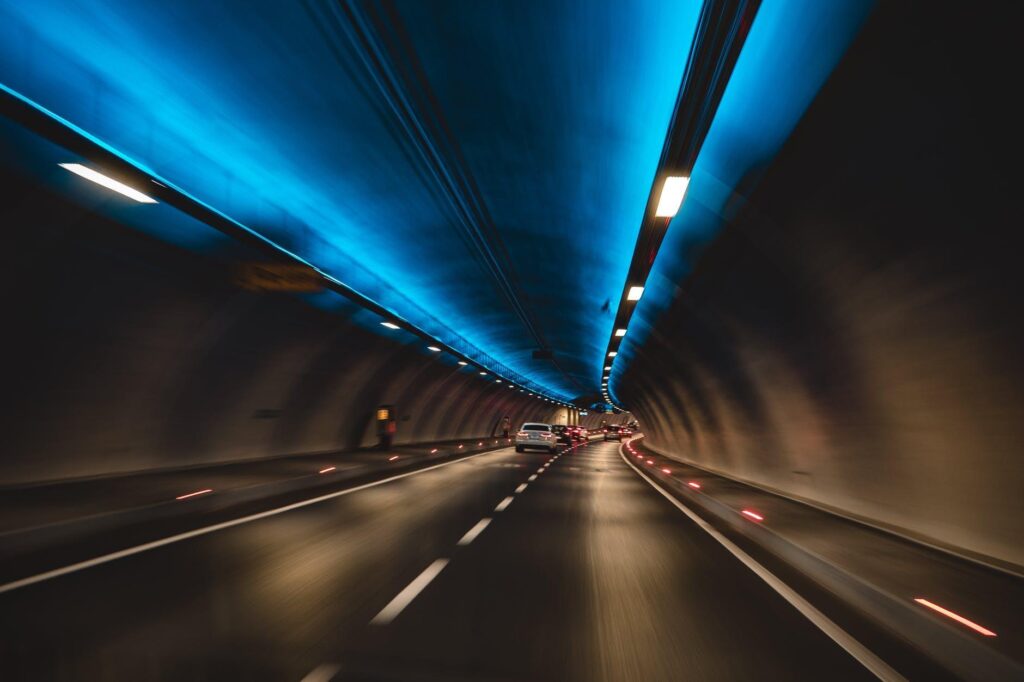Urban centers around the world are growing rapidly, and with this expansion comes the challenge of traffic congestion. For city dwellers, getting from one point to another can often feel like a test of patience. However, innovative solutions are emerging to make urban travel faster, more convenient, and environmentally friendly. From smart technology to alternative transport modes, cities are embracing new ways to keep people moving.
One of the most impactful innovations is the rise of micro-mobility options, such as electric scooters and bicycles. These lightweight, easily accessible vehicles are perfect for short trips, helping commuters avoid congested roads. Many cities now have app-based bike and scooter-sharing programs, allowing users to pick up and drop off vehicles at designated stations. This approach not only reduces travel time but also promotes eco-friendly habits.
Public transportation upgrades are also changing the urban travel experience. Modern buses and trains are being integrated with real-time tracking systems, enabling commuters to plan routes more efficiently. Digital payment options have made fare collection seamless, while dedicated bus lanes ensure quicker travel during peak hours. Some cities are even introducing electric buses to reduce carbon emissions and create quieter streets.
For longer distances, carpooling and ride-sharing services are becoming increasingly popular. These options reduce the number of single-occupancy vehicles on the road, lowering congestion and pollution levels. App-based platforms match riders heading in the same direction, making commuting more affordable and sustainable.
Additionally, the rise of smart traffic management systems is revolutionizing how cities handle traffic flow. Sensors, cameras, and AI-powered analytics help optimize traffic signals, reduce bottlenecks, and improve road safety. In some areas, adaptive traffic lights respond to real-time conditions, ensuring smoother movement for vehicles and pedestrians alike.
Lastly, walking-friendly infrastructure remains a fundamental solution. Creating pedestrian zones, improving sidewalks, and adding green corridors encourage people to walk more, reducing dependence on cars. Not only does this cut traffic, but it also promotes healthier lifestyles and vibrant city spaces.
As urban populations continue to grow, embracing these innovative travel solutions is essential. By combining technology, sustainability, and smart planning, cities can offer efficient, eco-friendly, and enjoyable commuting experiences for all

